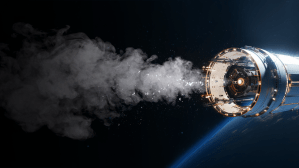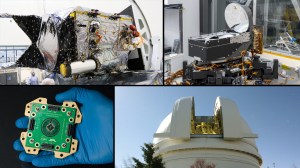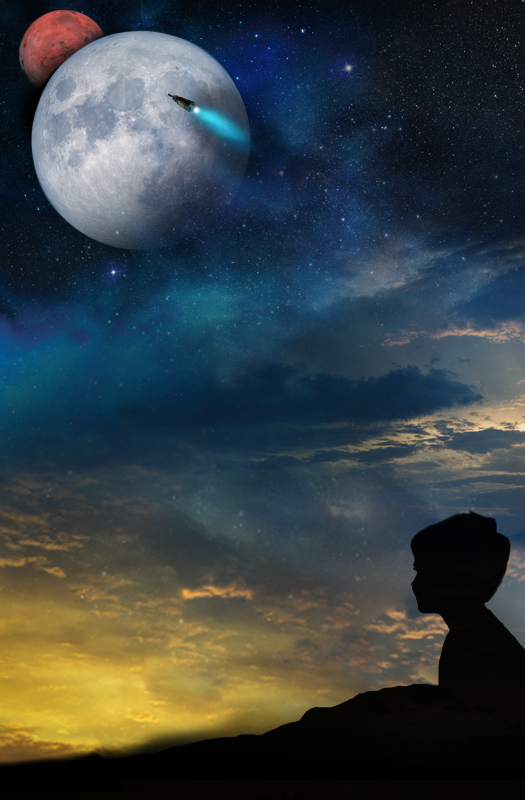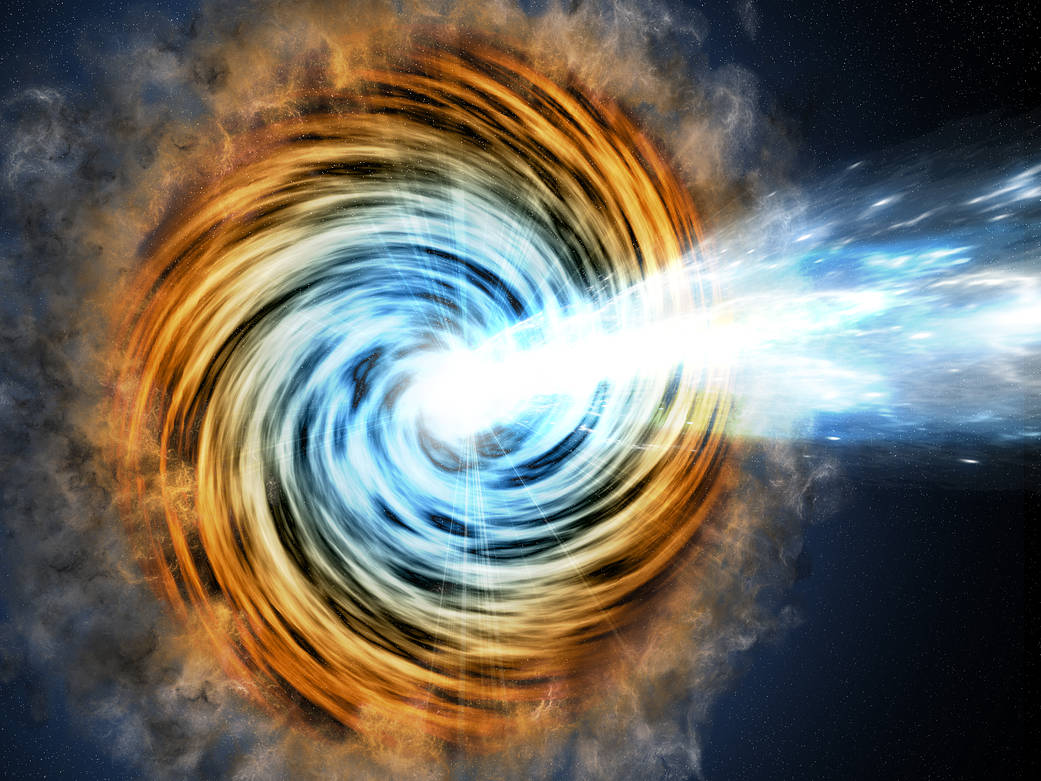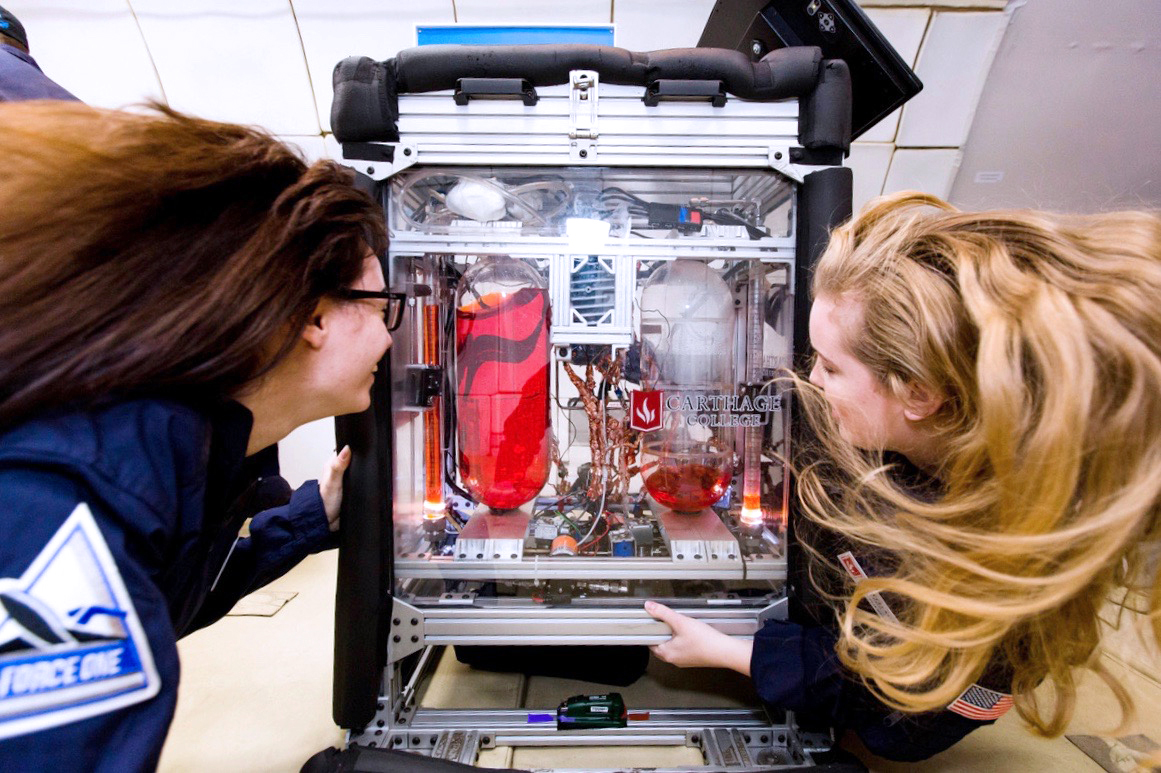4 min read
More than Grants: Perspectives from Past NASA-funded Researchers
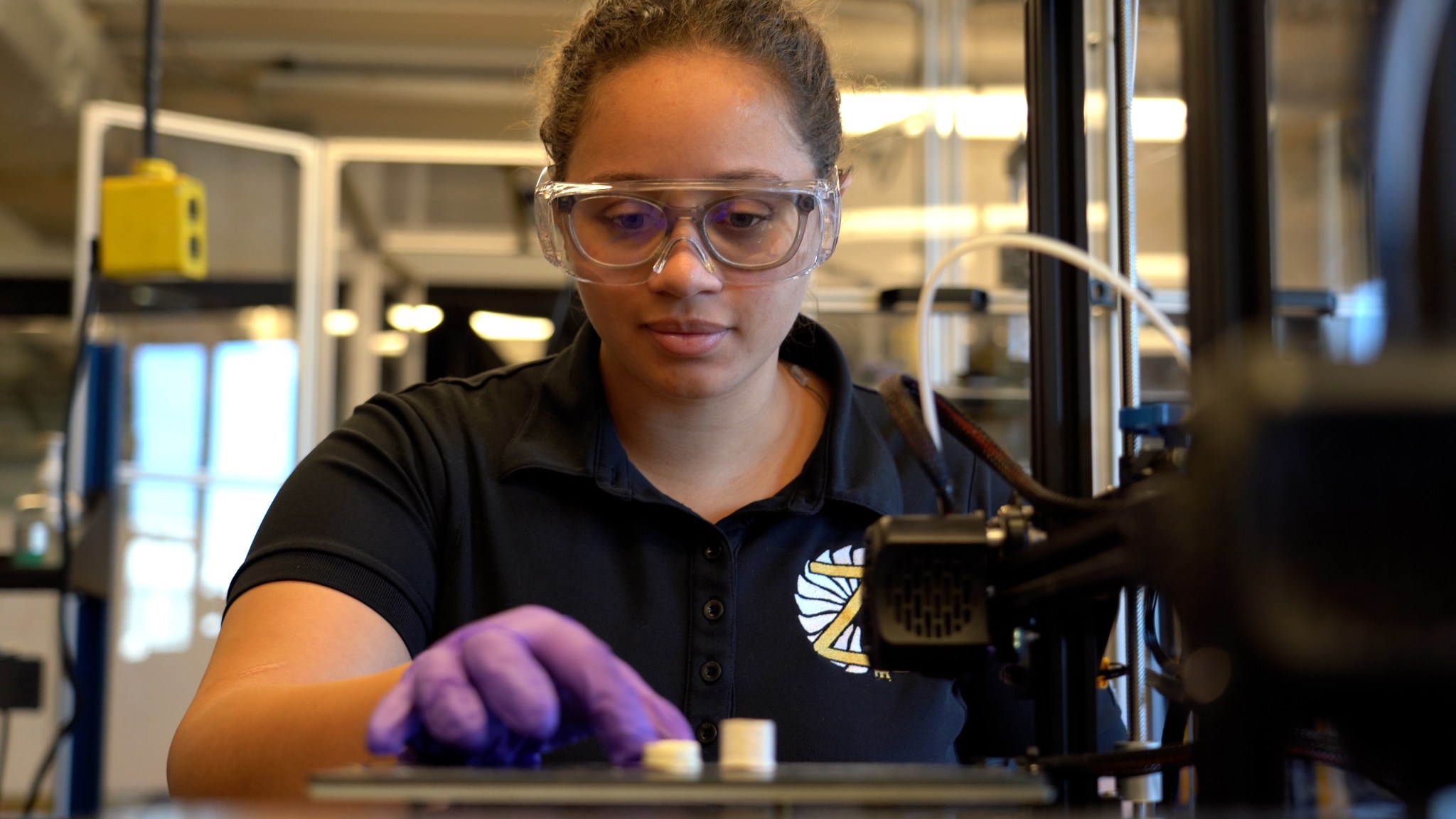
Each year, researchers nationwide embark on journeys of discovery facilitated by funding from NASA’s Space Technology Research Grants (STRG) program. They uncover innovations that benefit future research and their careers after graduation.
In 2023, STRG hit a significant milestone, making its thousandth award through the most recent cohort of NASA Space Technology Graduate Research Opportunity (NSTRGO) selections.
The STRG program supports academic researchers – graduate students to senior faculty – through five unique solicitations to examine ideas and approaches critical to making science and space exploration more effective, affordable, and sustainable. The vast majority of STRG awards go to graduate students through NSTGRO, resulting in the development of innovative technology while enriching the careers of students and the aerospace workforce.
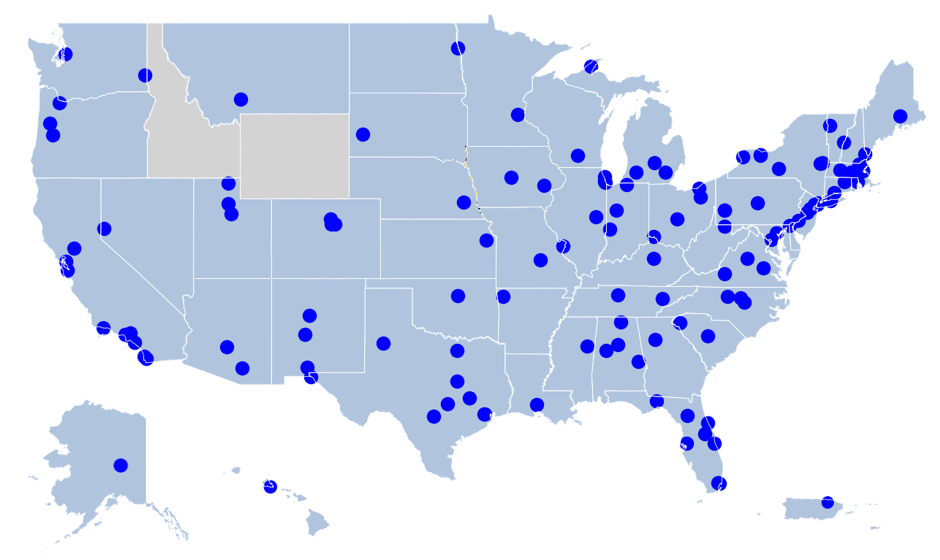
The next 2024 NSTGRO opportunity is open for proposals through Nov. 1, 2023. It marks the 14th consecutive year that STMD has sponsored U.S. citizen and legal permanent resident graduate students who show significant potential to contribute to NASA’s goal of creating innovative new space technologies for our nation’s science, exploration, and economic future.
This space technology research investment milestone prompted NASA to reflect on three grantees inspiring and developing a diverse U.S. aerospace technology community.
Eliad Peretz wanted to apply before becoming a graduate student at Cornell University in Ithaca, New York. Growing up in Israel, working on his grandfather’s olive grove taught him the value of planning and working hard at a young age.
“I knew NASA was the place for me,” said Peretz. He viewed STRG as a way in the door, to work directly with NASA and, maybe, one day for NASA.
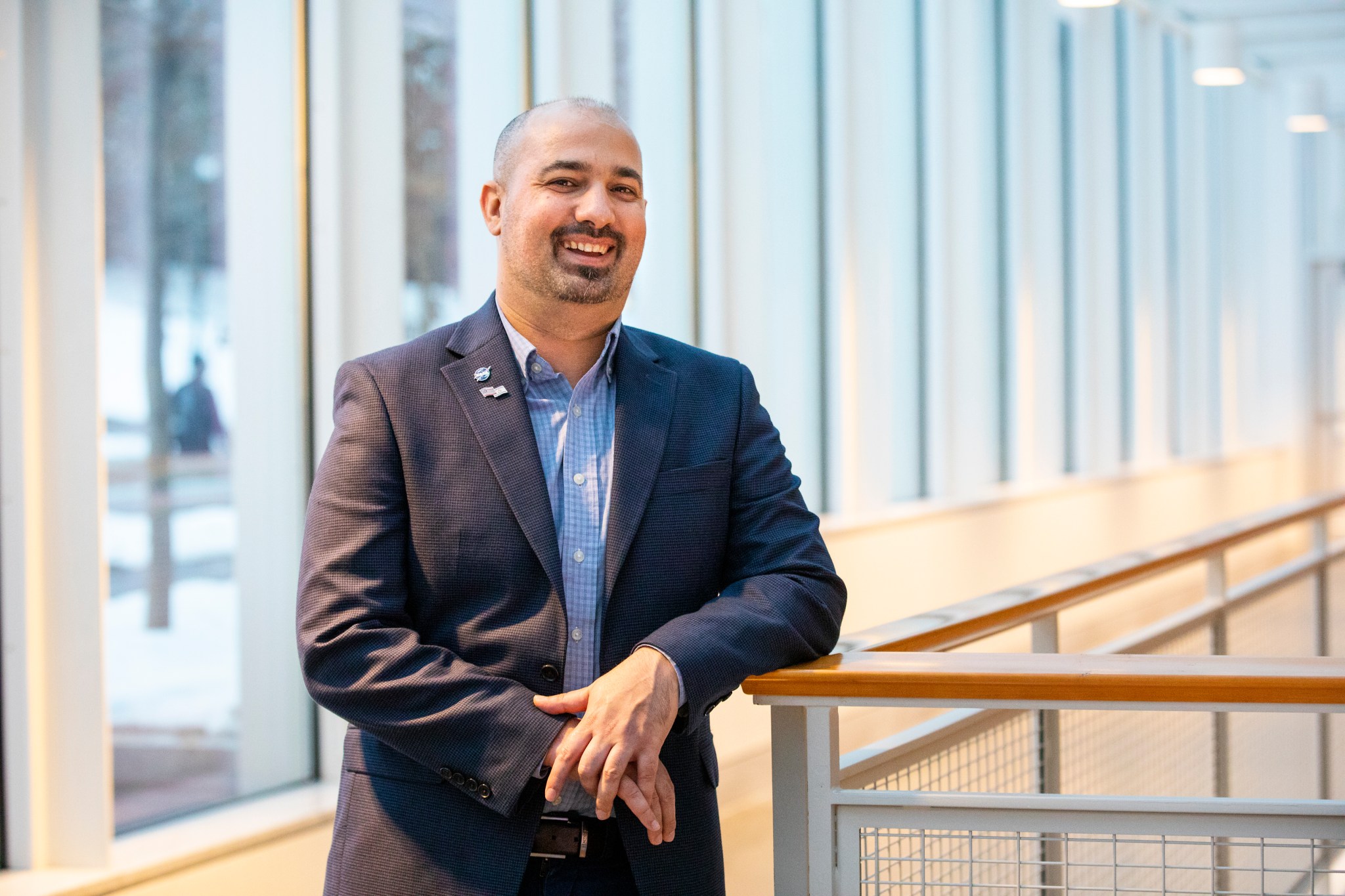
Funded by a 2015 grant, Peretz used artificial intelligence to design lightweight spacecraft solar cells. He spent summers at NASA’s Goddard Space Flight Center in Greenbelt, Maryland, and Marshall Space Flight Center in Huntsville, Alabama. There, he had direct access to agency experts who helped advance the research while discovering something along the way.
“I realized that I didn’t want to be a person who can only solve a single problem; I wanted to solve many problems for spaceflight,” said Peretz. “For me, it was a life-changing program and experience.”
Today, Peretz works in the Heliophysics Division mission at NASA Goddard. He asks scientists and engineers for their most challenging problems and comes up with concepts, unlike anything that’s been done before.
Monique McClain, a 2017 grant recipient, embarked on a different path after graduating from Purdue University in West Lafayette, Indiana. She is an assistant professor in Purdue’s School of Mechanical Engineering, using the NSTRF experience to help her students.
“I was hooked on science fiction as a kid and thought the chief engineer in ‘Star Trek’ was the coolest job,” said McClain. “They got to solve all the challenging problems.”
The “problem” of her research was to improve control over how a solid rocket motor burns by creating complex propellant shapes using a new 3D printing technology.
“Space Tech Research Grants stood out because it was more than just a stipend,” said McClain. “It allowed me to make research decisions, visit government labs, and develop professionally.”
McClain tested her 3D-printed components at NASA Marshall and the U.S. Naval Air Weapons Station at China Lake, California.
Her current work focuses on understanding multi-material properties and improving 3D printer designs, while other researchers continue to build on her graduate project and are exploring technology commercialization opportunities.
“Sometimes in academia, you are hyper-focused on a small problem, and this NASA opportunity helps you see the bigger picture.”
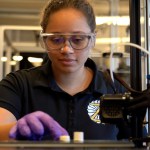
MONIQUE McClain
Space Technology Research Grant recipient
In graduate school at the University of Texas in Austin, Kaci Madden worked on robotic exoskeletons. Her uncle is an amputee; growing up, she saw how prosthetic technology evolved. Madden wanted to design devices that helped people.
Funded by a 2015 NASA grant, she learned how to evaluate fatigue using robots to monitor astronaut health and performance more accurately. At NASA’s Johnson Space Center in Houston, Madden tested Robo-Glove, collected data, and built her professional network.
“NASA has a sense of comradery, vision and mission,” said Madden. “Everyone I met was willing to help or introduce me to someone who could further my research and support theirs.”
Madden said the opportunity propelled her career forward. She found a different mechanism for helping people and currently works for a healthcare start-up that empowers researchers to study rare diseases.
“I have a lot of gratitude to the STRG program itself for offering these funds and the people I got to work with,” said Madden. “They deserve a lot of credit – they are the shoulders I stood on to complete my dissertation under this fellowship.”
NASA Space Technology Research Grants are part of NASA’s Space Technology Mission Directorate (STMD). This program is one of many early-stage funding opportunities for researchers in academia. To browse other funding opportunities, visit:
https://techport.nasa.gov/opportunities
Share
Details
Related Terms
Click here for original story, More than Grants: Perspectives from Past NASA-funded Researchers
Source: NASA Breaking News
